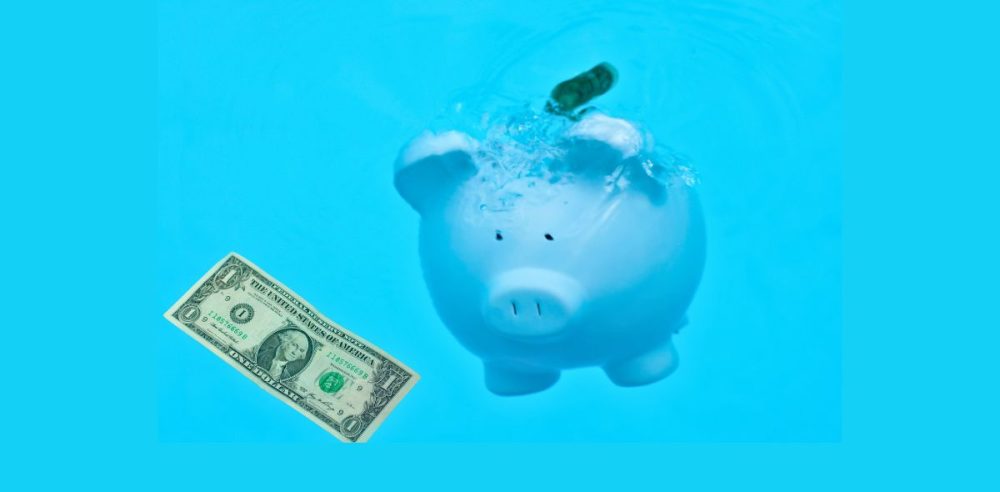The latest data from the Federal Reserve Bank of New York points to rising challenges among U.S. households in managing growing debt levels.
Overall debt levels ticked up 0.5% to $18.04 trillion during the fourth quarter of 2024. Without exception, each major loan category increased.
American credit card balances reached $1.2 trillion in Q4, up 7.3% from the same period one year earlier, but the smallest rise since 2021.
The increase in absolute household debt is not necessarily surprising. These figures can reflect an expanding population, a stronger economy, and other factors not necessarily indicative of deterioration.
However, these debt levels have been driven higher, at least in part, by the relatively elevated levels of inflation that have persisted since the COVID-19 financial fallouts. Moreover, the Fed’s reporting shows that Americans appear to be having a more challenging time managing debt, especially when zooming in on auto loans and credit cards.
The percentage of U.S. households becoming seriously delinquent on auto loans and credit cards, meaning they have not covered a missed payment for at least 90 days, is now at a 14-year high.
The New York Fed says steep car prices following the pandemic are at least partly to blame for the rising rates of serious delinquencies.
“The news about auto loan delinquencies is troubling. Many Americans simply have to have a car to get to work, so that’s often one of the highest priorities when paying bills. If they’re struggling to make those payments, it could be a sign that they’re struggling to make others as well,” said Matt Schulz, chief credit analyst at LendingTree, per CNN.
In January, the Federal Reserve Bank of Philadelphia reported that the percentage of people making only the minimum required payment on their credit cards also spiked, hitting a 12-year high in Q3 2024. According to the latest report, the figures remained elevated moving into Q4.
Credit card utilization rates are also climbing. This refers to the percentage an outstanding balance represents relative to a credit card’s limit. For example, a credit card with an outstanding balance of $1,000 and a limit of $2,000 implies a credit card utilization rate of 50%.
Overall, credit card utilization rates increased in Q4, topping 23.8%, the highest since 2013.
The higher utilization rates are particularly concerning given the still elevated interest rates. Despite the Federal Reserve enacting three rate cuts totaling a full percentage point drop since September 2024, rates remain relatively high at 4.25% – 4.5%. This means the debt obligation faced by borrowers is more onerous for the same debt owed than a few years ago when rates were much lower.
On the bright side, despite growing debt levels, incomes have also risen, helping offset the burden somewhat. While debt payments as a percentage of after-tax income have been creeping up, hitting 11.3% in Q3 2024, they remain below the levels seen before the pandemic lockdowns.


